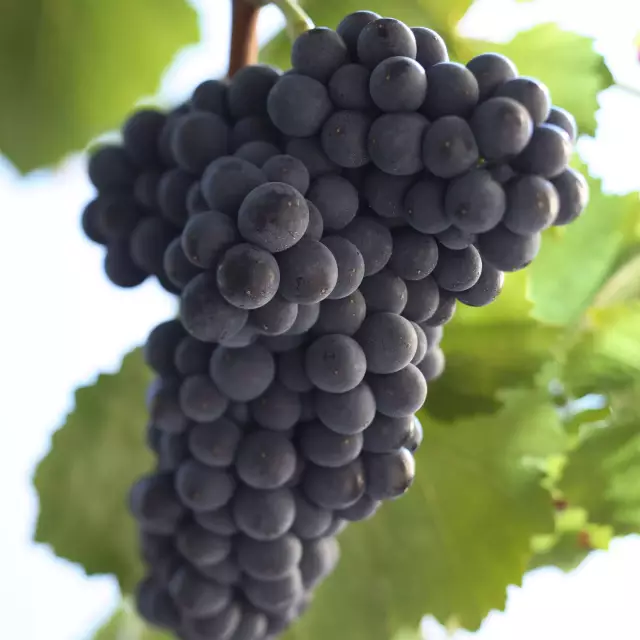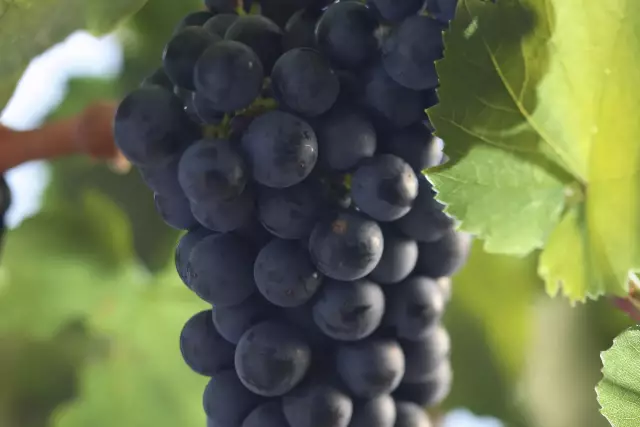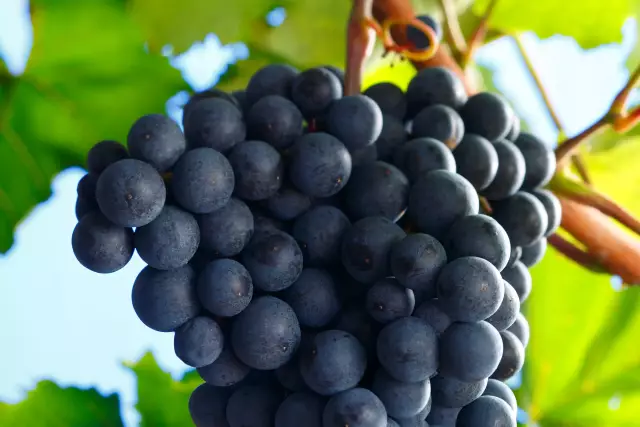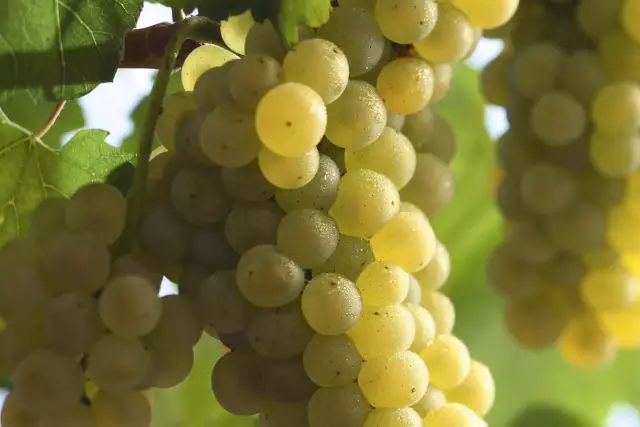St. Laurent

Saint Laurent ripens early, which can be hazardous with May frosts, so is therefore usually only grown in central locations.
Facts
-
561 ha
Vinyard area 2023
Cultivation and significance
Saint Laurent ripens early, which can be hazardous with May frosts, so is therefore usually only grown in central locations. This also prevents the acid levels from remaining too high. The variety was almost lost in Germany in the 1960s, yet after a few years of conservation breeding, the vine schools again had planting material. Since then, Saint Laurent has grown steadily from 68 ha in 1995 to 561 ha in 2023 predominantly in Rheinhessen (246 ha) and Pfalz (255 ha). Today the main global cultivation area of St. Laurent is in Austria.
Vinification and Taste
As winemakers mostly see this grape variety as a supplement to their upscale red wine offerings, Saint Laurent wines are often sophisticated and well suited to a gourmet dinner. Wines are often strong, deep red in color, whilst fresh and fruity with aromas of elderberries or wild cherries. Depending on the fruitiness and density, they can pair with lighter or stronger dishes such as game and mature cheese.
History
It is not sure whether the home of the Saint Laurent grape is in Alsace or in another part of France. It possibly got its name from the calendar saint St. Laurentius who is also the patron saint of cooks and whose feast day coincides with the start of the grape’s ripening (August 10). Saint Laurent has long been classified as a variety of Pinot Noir, but recently it has been classified as an independent grape variety.
At a glance
- early ripening variety
- Prefers medium altitudes and calcareous soils
- Flavour: wild cherry, elderberry, cassis and dark chocolate
Where does the name Saint Laurent come from?
The variety probably owes its name to the eating ripeness of the first berries around St. Lawrence's Day on August 10.




